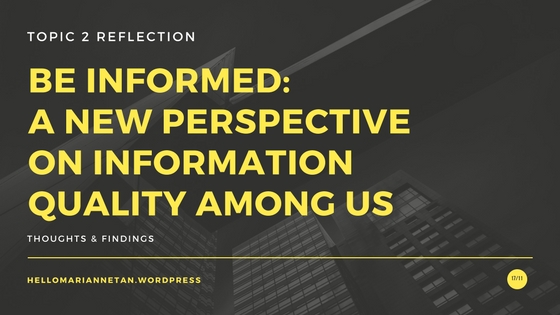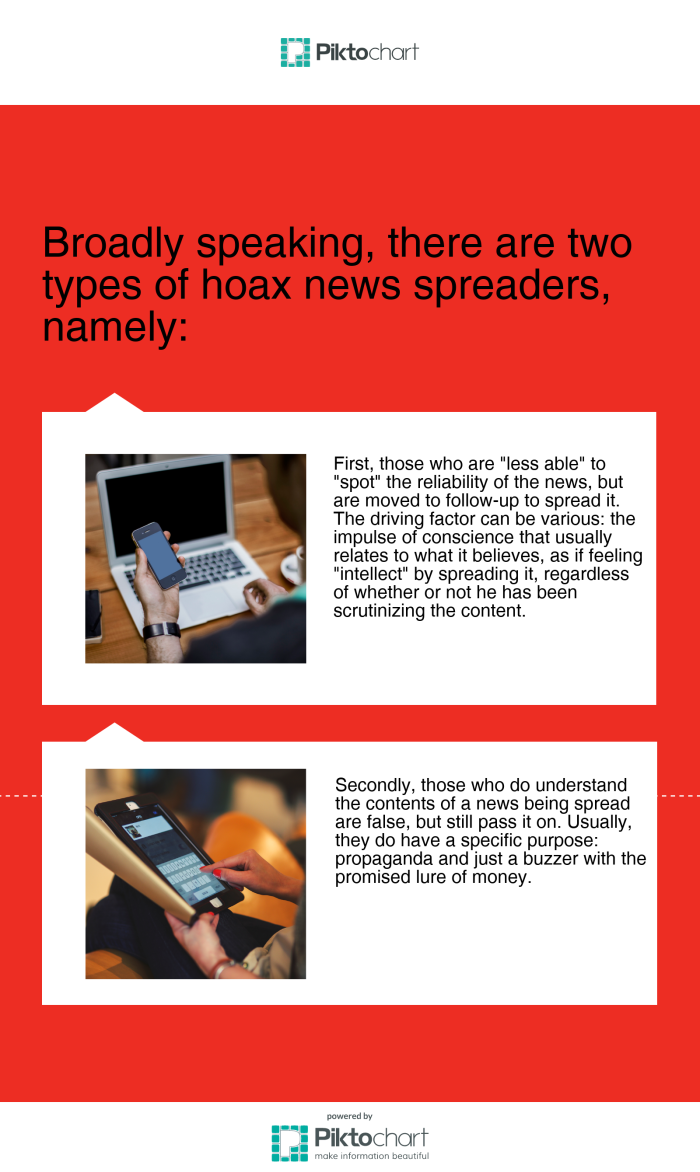
Surfing in the Sea of Information
(Reflection on Topic 2) – Deeper thoughts on trusting sources online
From what Xin Yi mentioned, I understood how sharing false information would lead to supporting the wrong people, for example buying dupe products would essentially mean supporting crooks (Viceland, 2017).
Source: Self-produced infographic
There are tech companies trying to put their efforts on catching these fake news before they go viral and one example is a website, Snopes.
Continue reading →








